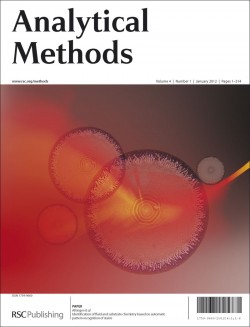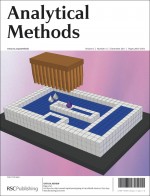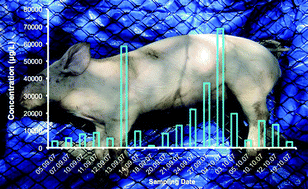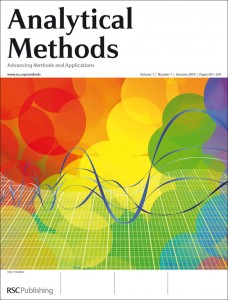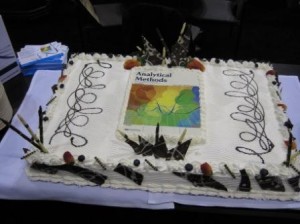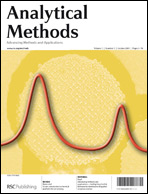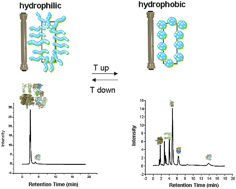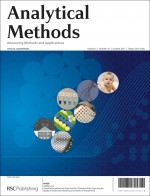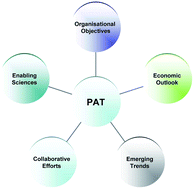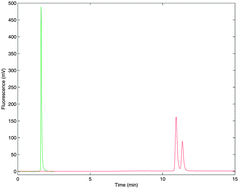Happy New Year! Our first issue of 2012 is now online for you to read.
On the front cover is work from Daniel Attinger of Columbia University, New York, USA and his colleagues from other US institutions.
Their study proposes that images of stains from 100-nanolitre drops can be automatically identified as signatures of fluid composition and substrate chemistry, which has implications for areas such as biological testing.
They used classification algorithms to identify unknown stains, and demonstrated a high level of accuracy.
Identification of fluid and substrate chemistry based on automatic pattern recognition of stains
Namwon Kim, Zhenguo Li, Cedric Hurth, Frederic Zenhausern, Shih-Fu Chang and Daniel Attinger
Anal. Methods, 2012, 4, 50-57
DOI: 10.1039/C1AY05338H
On the inside front cover, Akira Kotani of the Tokyo University of Pharmacy and Life Sciences, Japan, performed alongside international collaborators from the USA and Korea.
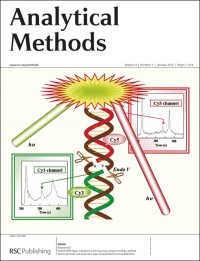 They report the ability to detect sporadic mutations with high sensitivity using a mutation scanning assay, which employs thermostable endonuclease V (EndoV) and DNA ligase.
They report the ability to detect sporadic mutations with high sensitivity using a mutation scanning assay, which employs thermostable endonuclease V (EndoV) and DNA ligase.
Their microchip method is shown to be considerably faster than conventional capillary gel electrophoresis.
EndoV/DNA ligase mutation scanning assay using microchip capillary electrophoresis and dual-color laser-induced fluorescence detection
Akira Kotani, Małgorzata A. Witek, John K. Osiri, Hong Wang, Rondedrick Sinville, Hanna Pincas, Francis Barany and Steven A. Soper
Anal. Methods, 2012, 4, 58-64
DOI: 10.1039/C1AY05366C
Both these articles will be free to access for 6 weeks: enjoy!


